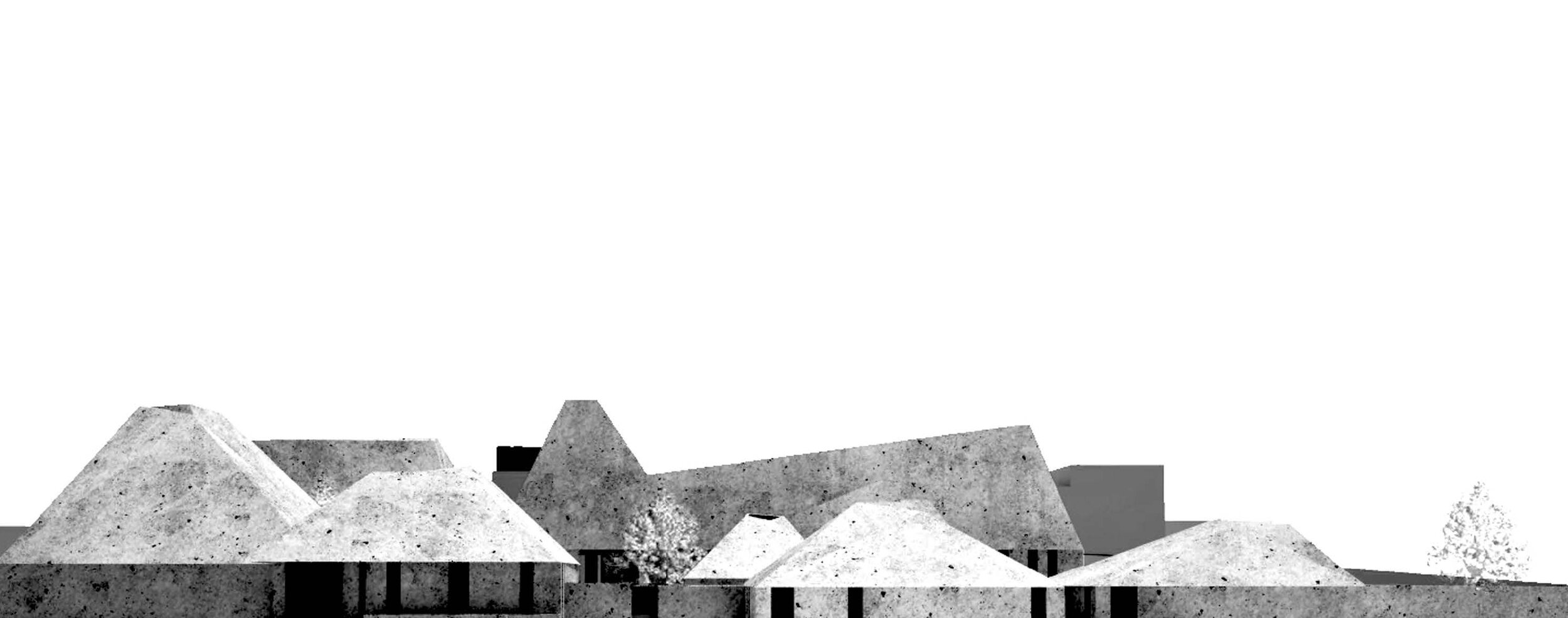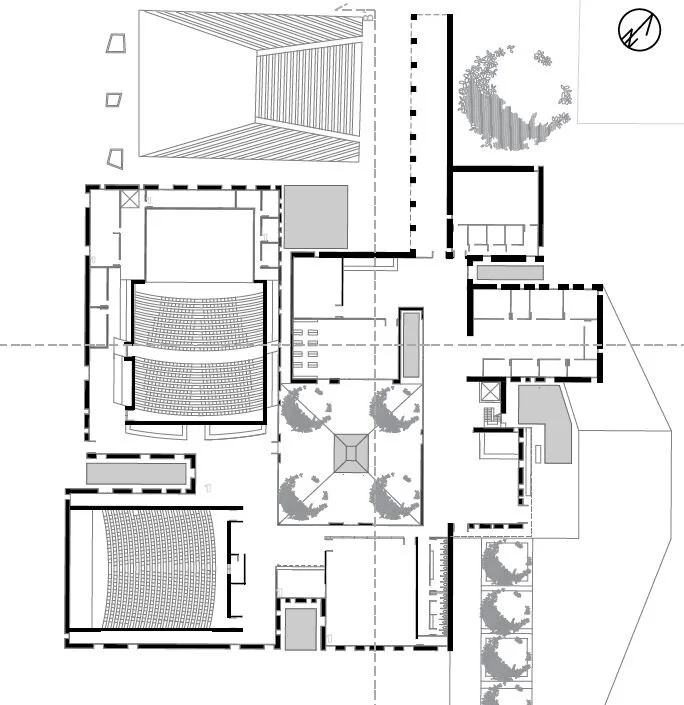








HUT Spot: Redefining cultural significance in Abuja, Nigeria
The following project required examining Lagos as a showcase of the failure of urban form in Nigeria, through the research carried out by OMA, and subsequently examine Abuja, the new capital of Nigeria. The narrative follows the arrival of a visitor to each city, from the airport, and their path of flaneur throughout the city. What is revealed in both cities is the top-down design methodology in third world countries, where the normal civilian has no place/right within the city’s structure. Abuja is afterall, a first world city in a third world country.
Retrospective view, projective glance
In Abuja, a city that clings rigidly to the typical image of Western glass and concrete buildings, what could be a design that is simultaneously local and global? In the course of studying the nomadic architecture of Western Africa, the African huts, gathered in clusters, became almost immediately apparent as a culturally and environmentally suitable image to draw inspiration from, while appropriating the design to the current epoch. The proposed international community center in Abuja, aims to create a poetic skyline, that is distinctive as an urban silhouette yet in harmony with its periphery, arousing the curiosity of the passerby and attracting them to its introverted realm.
Passive huts
Hut ModulesPassive cooling and heatingThe hut module incorporates each part of the program in its shape, location of oculus and relationship to the other huts, ultimately creating a complex of interconnected huts. Cross-ventilation through the maze of walls cools the compound, while the thick concrete walls and floors store the heat from solar radiation during the day, reducing the overall indoor temperature. The oculus at the top of each unit brings the light in with varying intensities, responding to the space’s needs.
Drawing from the traditional African architecture, the complex revolves around a courtyard, where all activities permeate into the outdoor open space. Ponds adjacent to the exterior walls allow for the evaporation and cooling of the outdoor pedestrian area.
Project: Hut Spot: Reimagining cultural significance in Abuja, Nigeria
Typology: Cultural
Location: Abuja, Nigeria
Year: 2010
Status: Undergraduate project
Client: McGill University
Team: Nazanin Naeini
